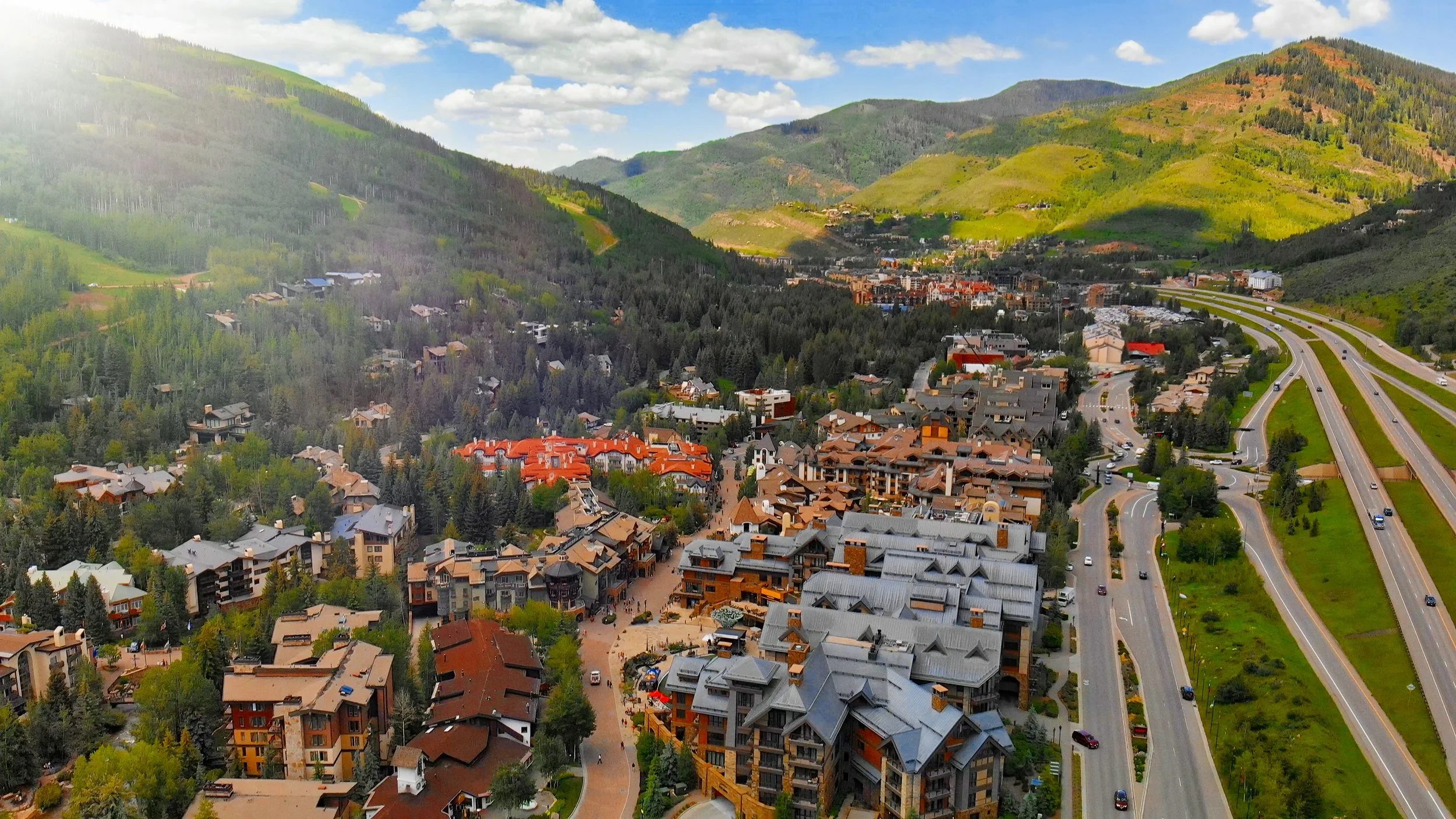Get the Facts
While well intended, 2A fails to deliver real solutions for Vails’ affordable housing crisis. If passed, 2A will have unintended consequences that will hurt local business owners and the very workers and families it intends to help. Keep reading to learn the facts.
FAQ
-
Are 2A tax dollars guaranteed to go to housing?
While the Town Council’s message has been centered around 2A being a bill to fund affordable housing, the ballot language only approves a tax increase and leaves it up to the Town Council to fill in all the details about how the money will be spent. In fact, the ballot language never uses the term “affordable” or any other word with a similar meaning. In its language, 2A offers no legal, binding guarantee e that tax dollars are committed to affordable housing. It is a vote for a tax increase that could go to a general host of initiatives like “housing” and “housing activities” Read the full ordinance on the Town of Vail website.
-
Is there a citizen's oversight committee to oversee how tax dollars will be spent?
No, there is no citizen’s oversight or accountability committee for 2A tax dollars. Just look at the resolution - which offers no language to ensure oversight. Even if current Town Council indicates they welcome oversight, there is no binding assurance of such – meaning there will be no citizen involvement in ensuring the tax dollars generated by 2A are being spent as promised. Additionally, there is no sunset on these tax dollars that allow Vail voters future opportunities to ensure accountability and good spending of these tax dollars.
-
Is there a plan for how tax dollars will be spent?
No, there is no concrete plan or timeline for when, where, or how housing projects will be built. There is not a process for identifying potential housing projects, for determining how tax dollars will be distributed OR if housing will be built in Vail or on other tracts of land in the valley.
Additionally, given the vague language in the initiative, there is no guarantee the tax dollars generated from 2A will even go to affordable housing projects at all. Last, the expected revenue generated by an excise tax on STRs only would generate less than a quarter of what comparable ski town affordable housing projects cost. -
Does 2A include a sunset?
No, 2A does not include a sunset. A sunset provision is when a tax is set to expire after a set amount of time. This type of provision is usually included in a measure, like 2A, where tax dollars are supposed to support a specific activity, such as building housing. It should give voters concern that the authors of 2A opted against giving voters more oversight of the use of 2A tax dollars.
Without a sunset, 2A will essentially give the Town Council a blank check and allow them to spend these tax dollars as they see fit without the input from voters.
Sunset provisions are essential for ballot measures like 2A. They guarantee accountability and good financial management. -
Will 2A generate enough tax dollars to support affordable housing projects?
No, 2A will not generate enough tax revenue to sufficiently build affordable housing. The collected revenues will only equal a quarter of the revenue for affordable housing projects in other Colorado mountain towns.
Additionally, the proposal does not account for the offset in tax dollars from declining tourism and foot traffic in our local businesses as it becomes more expensive for visitors to come to Vail. In Vail and across Colorado, we are seeing a significant decline in tourism that could only grow as accommodation options become more expensive
It’s very likely that the projected tax revenues will be much smaller than the promises made by 2A. -
Are large corporate hotel chains included in 2A?
No, the large corporate hotels are not included in the tax for 2A. This provides large out of state hotel operators a competitive advantage over our locally owned businesses.
Not taxing large corporate hotels leaves millions of yearly tax revenue on the table that could be helping solve our housing crisis. If Vail really wanted to generate enough revenue to fund affordable housing, why wouldn’t the tax apply equally to all of the lodging providers? -
What is Booth Heights?
In 2019, the Town Council approved a plan by Vail Resorts to build affordable housing for workers on an 18-acre lot in Booth Heights. Yet 4 years later with development already underway, the council scrapped the project entirely – citing concerns over impacts to bighorn sheep – and issued a condemnation of the land.
The result wasn’t more housing. It was over $1 million in attorneys’ fees and costs, plus over $17 million for the condemned land. In this tough economy, we need to protect tax dollars and ensure they will be spent appropriately.
Without a plan to avoid another Booth Heights, voters should reject 2A and ask Council to come back with a plan for voters to review and an oversight committee to ensure dollars are spent as promised.

